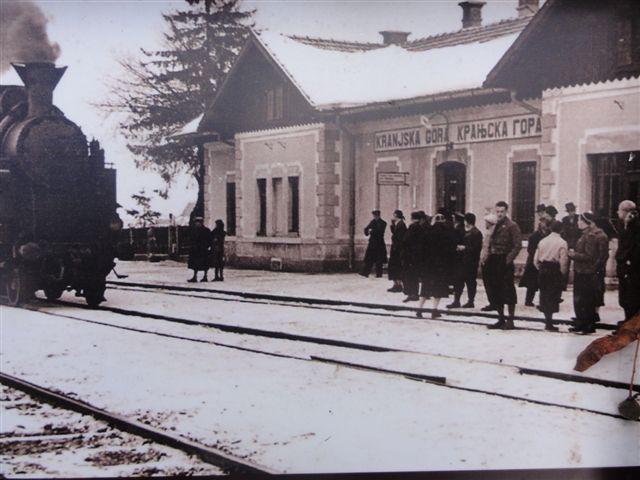
Only an occasional bridge and several old buildings serve as a reminder of a railroad that once made its way through the Upper Sava Valley. For decades, the rail link brought life to this part of northwestern Slovenia – until a controversial decision led to its abolishment.
The railroad once connected Ljubljana with the town of Tarvisio, now a part of Italy. Built it 1870, it was a major undertaking; some 12,000 workers built the 100-kilometer stretch of railroad. Privately owned at first, the railroad was nationalized a few years later when its parent company ran into financial difficulties.
Over the years, the advantages of the line became apparent: It enabled the growth of Jesenice because workers from the countryside could take the train to the town’s growing ironworks. In the early 20th century, the railroad also began to encourage the growth of tourism in the Upper Sava Valley, as villages such as Kranjska Gora and Mojstrana, now easily accessible from the cities, began to transform into the country’s first mountain resorts.
During World War I, the railroad became a key military link. It enabled access to the Isonzo Front and paved the way for the construction of the Vršič Pass over the Julian Alps, which is still used by travelers today.
After the Great War, the railroad carried on much as before, but the Italian section of the line – from Rateče to Tarvisio – was shut down when tension between the then-Kingdom of Yugoslavia and Italy increased. But it was still a vital link for Slovenians visiting the mountains. During the annual ski jumping events in Planica, thousands of people from across the country made it to the competition by train. The railroad helped to transform ski jumping into a truly national sporting event.
In 1966, however, everything changed. Trains were out of fashion at the time, as the future was thought to belong to buses. Despite protests from local residents, who even wrote a letter to President Tito, the line was aljubljanabolished, and the rails themselves were sold for scrap.
In the decades that followed, many came to regret the decision. A few plans for a new railroad were proposed, but they were never deemed feasible, primarily because several buildings now stood on the site of the old tracks and the train stations had been turned into homes. In the early 20th century, however, a bicycle trial was set up using existing bridges and much of the old railroad infrastructure. It now unites the resorts of northwestern Slovenia with Italy, and it has become a tourist destination in its own right.


































































